Fitness Icon Chalene Johnson Is Ditching Diets for Healing From the Inside Out
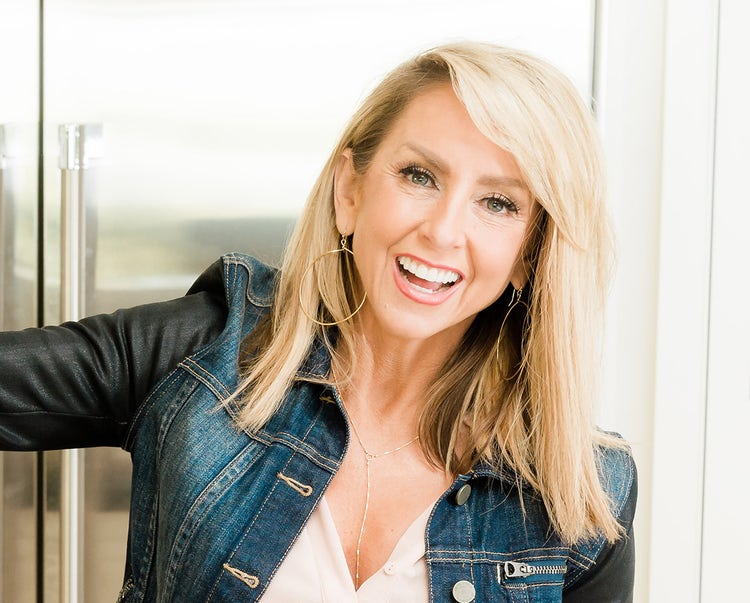
If the name Chalene Johnson rings a bell, it’s probably because you purchased or followed along with one of the more than 10 million fitness DVDs she has sold or saw her on Huffington Post’s Top 50 Female Entrepreneurs to watch in 2017. Or maybe you saw her in one of her many fitness infomercials, or as a frequent guest on QVC, or in the “Guinness World Records.”
But after a health scare, The New York Times best-selling author, health and wellness expert, and founder of the SmartLife movement is turning the fitness and health industry—and diet culture—upside down.
24Life sat down with Johnson to chat about her new book “131 Method” (Hay House, April 2019), why true wellness is unique to every individual, and why she’s apologizing for her role in perpetuating diet culture.
24Life: You just released your new book “131 Method.” What is the 131 Method?
Chalene Johnson: It’s a different approach to weight loss that isn’t a diet. It allows people to get healthy from the inside out by personalizing their approach to cure just about any condition with nutrition. You start by asking, “What is it I’m trying to accomplish? What’s my No. 1 objective? What is the thing that I need to fix first?” We give people a framework so that they feel supported and confident enough to begin to make decisions for themselves. Fitness culture has conditioned us to believe that we won’t get it right—we need a meal plan, we need someone to tell us when to eat and how much to eat and what is allowed or not allowed. It’s ludicrous to think that as intelligent individuals, we don’t trust ourselves to know what’s good for us. I wanted to create a program where people could learn what they need to know to empower themselves.
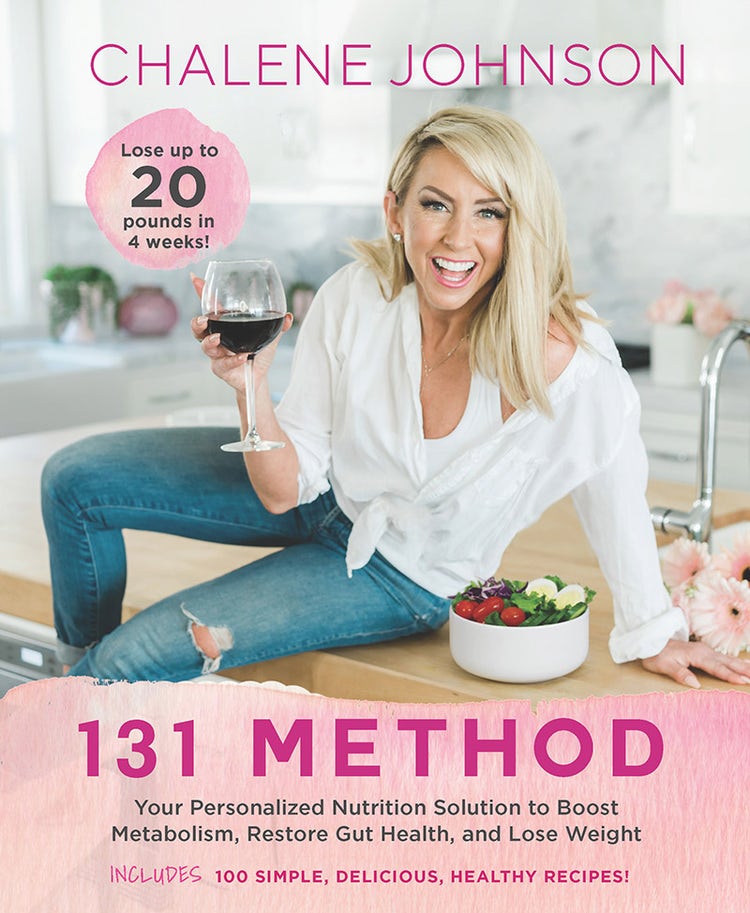
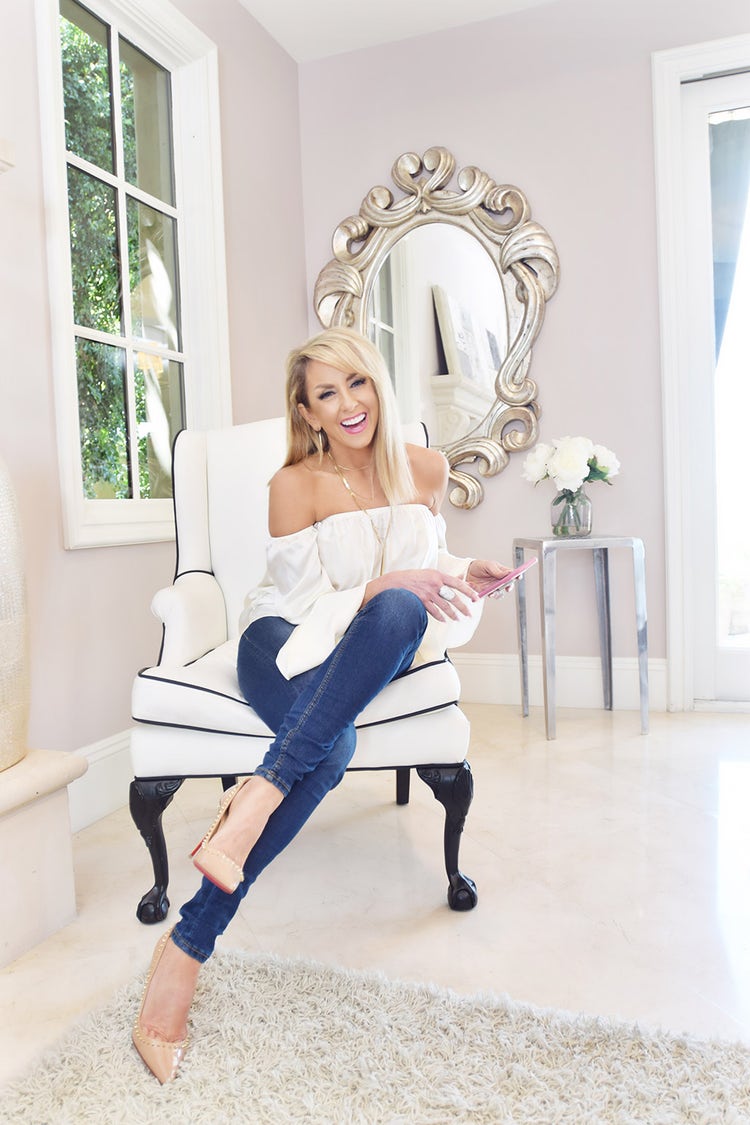
24Life: Your book starts off with an apology to your readers—why is that?
CJ: Everything I’ve developed regarding exercise or productivity or mindset has always been based around research and not fad. But to be completely transparent, that approach was not something I ever applied when it came to nutrition. I, too, was caught up in the idea that if an expert or someone who is more credible says it is so, I didn’t question it, and that’s what I would repeat. That’s why I start my book off with an apology because I have this incredible platform, and when it came to nutrition—when it came to health from the inside out—I didn’t take my responsibility as seriously as I should have. I didn’t look at research, and I didn’t question things that were being taught. I just repeated them and assumed the credibility or validity of any “expert advice” or nutrition advice.
24Life: You had a significant health scare that inspired you to think differently about dieting. What led you to this particular method?
CJ: When I was really at the peak of my fitness career, I had done a podcast interview with a neuroscientist, Dr. Daniel Amen. After the interview, we were talking about brain health. He was going through a series of questions, and he said to me privately, “I really need you to come in and have your brain scanned.” I went and had my brain scanned, and I also did nutrition and hormone panels. I was thinking, They’re going to be so impressed with my results and how healthy I am. But it was a rude awakening and the most embarrassing, shameful but also eye-opening appointment of my life. I sat across the table from Dr. Amen and he said, “Chalene, I know that you are a health and fitness expert, but your health is failing. You have to make immediate changes.” My first thought was, These aren’t my results. Something’s off. But my denial quickly turned into shame. I didn’t want anyone to find out that I looked healthy but I wasn’t healthy.
24Life: Many leaders and enthusiasts in the industry can relate. We are pillars of health for others but suffering in silence. Why did you decide to speak up and share this publically?
CJ: I see people who are getting caught up in believing something is healthy because it looks healthy. I could have posted a photo on that same day when I got a failing health score, and I would have got a million likes saying, “Wow. #Goals. I want your abs,” because it looks like what people want to believe is healthy. Social media has made this much harder to combat, which is why I had to take a really bold stance at the risk of alienating people in my industry, alienating my own opportunities in the industry. But if I were to remain silent, then I believe that I was contributing to the problem.
24Life: Where did you start, and what role did food play in creating this method?
CJ: First, I looked at my life—what have I been doing wrong? I was eating all these “healthy foods,” or so I thought. I was eating “clean.” But I had to really understand, What is health? What is healthy for me? What is my goal? I had to first start by redefining health, in terms of how I felt, how long I was going to live and the quality of my life. Based on the things that I was doing, I was going to die faster. We’re all dying, but I was going to die a lot faster, with less body fat, but what’s the point if you have total cognitive decline and you die 15 years earlier than you should have?
One of the first things I had to do was change the way I was sleeping. I had to change my fitness routine. I had to exercise less. I had to think more about rest. And I had to, for the first time, really understand what leaky gut was and how I could heal mine. So that meant looking at nutrition first and how all these pieces needed to come together and—this is the part that’s really important for people to understand: There is no one right way to do anything. There’s the way you need to do it.
24Life: How did you find your way back to being able to feel and hear and know what was personally right for you?
CJ: It’s crazy now to think about the way that I felt. I woke up every day in so much pain, but I would smile about it, and I would brag about it because that’s the life. And now I can train hard, but I don’t feel like that anymore. It’s rare now to feel completely beat up and thrashed, and I’ve learned to tap into what I call my body’s intuition.
We want nutrition and the science of our body to be simple. We want to be able to buy a book and download a plan and say, “This is my solution for the rest of my life.” It’s never going to be that easy. If it were, obesity wouldn’t be at an all-time high. We’re dying at a higher rate from preventable diseases than we ever have in our history. Meanwhile, we have more tools and apps and accessibility to help than ever before. So why is this happening? Because we really need to understand how our bodies work. If I tell someone it’s important for you to personalize your approach, you can’t do that unless you have a foundation of understanding, so that if there is a symptom, you can say, “I know why I feel this.”
For example, hunger. I understood what intermittent fasting was and how to do it, but I didn’t understand what was happening in my body. So I didn’t know anything other than following the rules. But once you understand what’s happening in your body, if you wake up one day and you’re hungry at 8 a.m., eat instead of just following someone’s rules that says you can’t eat until 11 a.m. You have so much more power to listen to your body.
Our bodies are these magical, beautiful, cognitive, complicated things. My book breaks down the minimal and most important things you need to understand with regard to your metabolism and gut health because nearly all preventable disease can be traced back to gut health. By helping people begin to understand how they can take control of their gut health, it’s crazy how everything else falls into place. You reduce inflammation, which helps with brain function, which helps with losing weight, which helps with regulating metabolism, which helps with hair and energy and sleep and libido and productivity and confidence and happiness—all of life gets better.
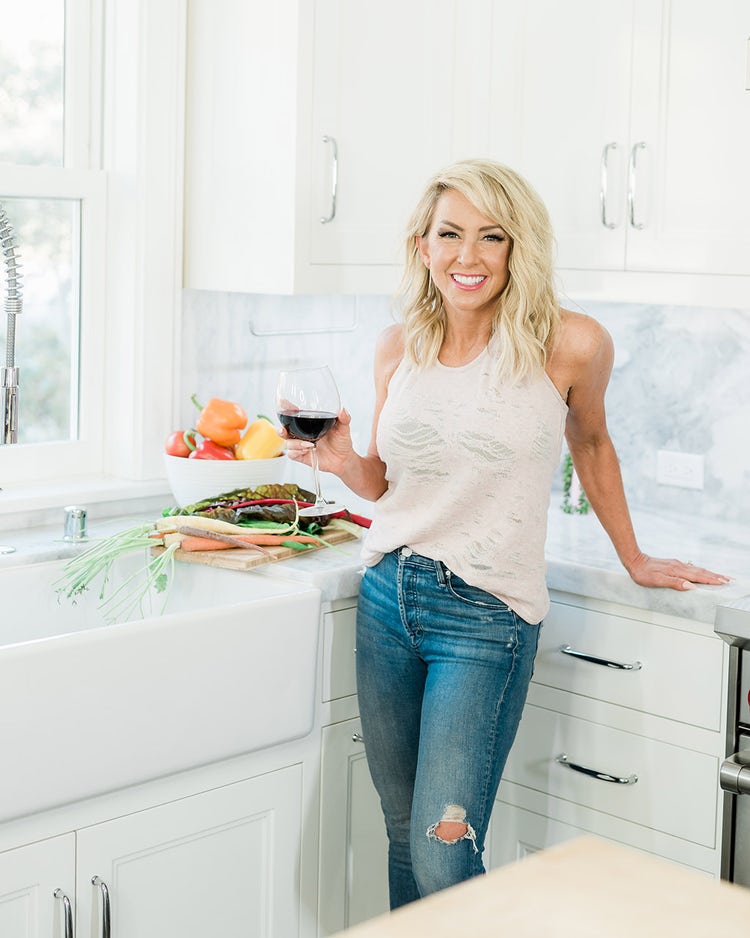
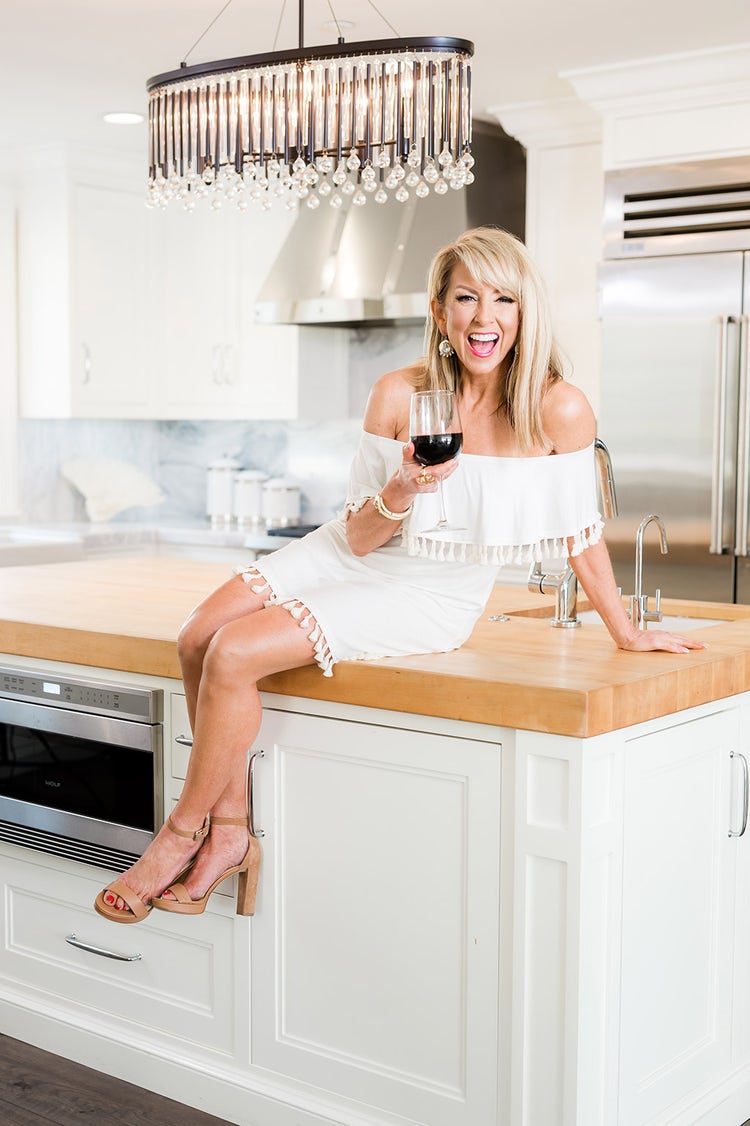
24Life: What does the 131 stand for?
CJ: The “one” is your objective: What’s that first thing you want to fix? Effectively, the first phase of the 131 is all about reducing inflammation. The “three” is doing something for three weeks. We’re teaching people how this doesn’t have to be a “for life” thing, but let’s try adjusting your diet to help you get to your objective. For example, following a specific way of eating that might be different from what you’ve been doing in the past to see how your body responds—not to hang on to it forever but to see if we can begin to improve your hormones, reduce insulin and so on.
The final “one” is a week to fast and refuel. And when I say fasting, it’s a term that we use meant to describe the starvation of bad bacteria. It’s the cleaning out of your system. It’s not necessarily that you’re going to go without food. In fact, I describe four different types of fasting in the book, many of which include eating food. So it’s not a pure, true fast but the process of bringing the body into a state of deep ketosis and rid the body of inflammation, bringing yourself back to a clean slate, and then refueling your body with a diversity of food that really builds a healthy gut.
24Life: One of the things you say in the program is that the first critical step is to just get started. How can we do that?
CJ: Make the decision that you’re worth the effort to be healthy and that there’s no way you can fail. This isn’t an all or nothing. There’s no right or wrong. You’re just doing it. That’s how I want people to begin to look at their nutrition. It’s not an “on my diet” or “off my diet.” I want people to look at it as, “I’m on this journey,” and a journey means that you’re going to take an occasional left turn, so that people don’t feel like there’s absolutes or rules or there’s only one way to do something. We give people enough framework that they don’t feel like they’re lost, but we also teach people how to say, “OK. This doesn’t feel good” or “I don’t look forward to this” or “I’m not loving this. Here’s how I can tweak it.”
24Life: There are 100 recipes in the book, and you look like you are having so much fun in the kitchen!
CJ: I’m having a blast because I have no business in the kitchen. That’s the truth. So I brought in a registered dietician who has a family of five and does one-pot meals, and she created some of the recipes. And I brought in a busy mom who’s also a media chef, and my husband who likes to cook “healthy-ish.” I wanted a huge variety of really simple but also really delicious recipes that anyone can make. I was the guinea pig for all the recipes. They would give me the recipe and say, “I’m going to see if you can make it.” And if I could make it, then it went in the book.
Sausage & Goat Cheese Frittata
Serves 6
INGREDIENTS
- 1 tablespoon avocado oil
- 1 pound humanely raised ground pork
- 1 small red onion, sliced thin
- 4 cups fresh spinach
- 8 eggs
- ½ cup canned coconut milk (full-fat)
- ½ teaspoon garlic powder
- ¼ teaspoon nutmeg
- ½ teaspoon sea salt
- ¼ teaspoon pepper
- 3 tablespoons chives, chopped
- 4oz goat cheese, crumbled
DIRECTIONS
- Heat a cast-iron, or large skillet over medium. Add avocado oil and pork and brown for 5 minutes, until browned. Remove from pan with a slotted spoon.
- Add onion to same pan and sauté for 5 minutes or until translucent. Toss in spinach and stir until wilted.
- Whisk eggs, milk, garlic powder, nutmeg, salt and pepper in a medium bowl.
- Add sausage back to skillet and spread evenly on bottom. Pour eggs on top and let cook without stirring for 5 minutes, or until nearly set.
- Sprinkle with chives and goat cheese.
- Set oven to broil. Add pan to oven on a medium rack and broil for about 4 minutes, or until top is set and cheese becomes golden. Slice into 6 portions, and serve, or cool, then store leftovers in a container in the refrigerator for up to 4 days.
Nutrition Information:
Calories: 424| Protein: 26g | Fat: 33g | Carbs: 5g | Fiber: .5g | Net Carbs: 4.5g
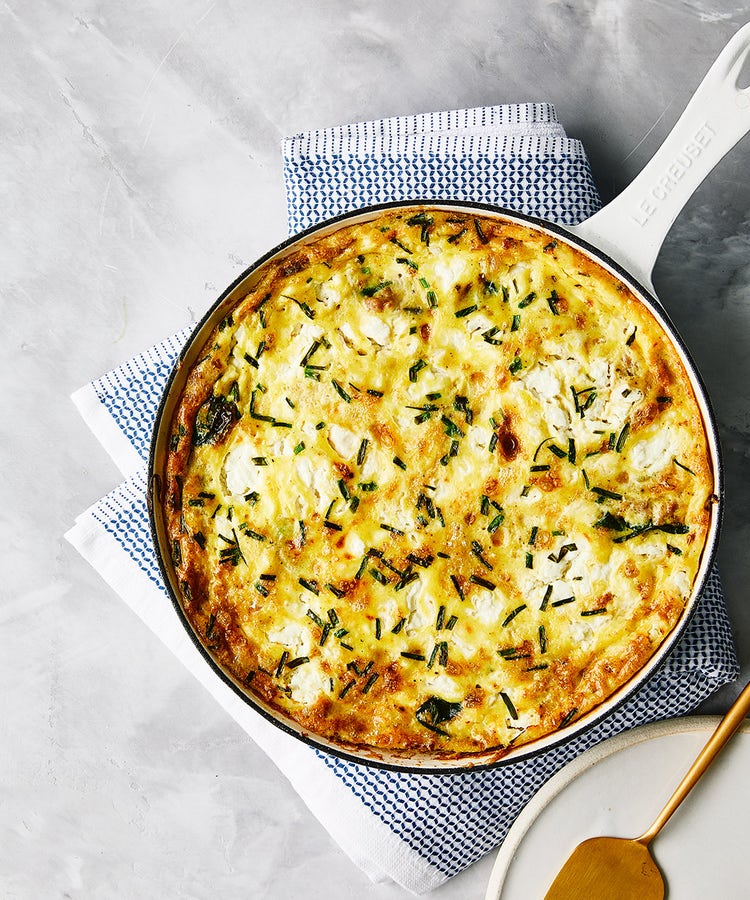
Chocolate-Peanut Butter Pancakes
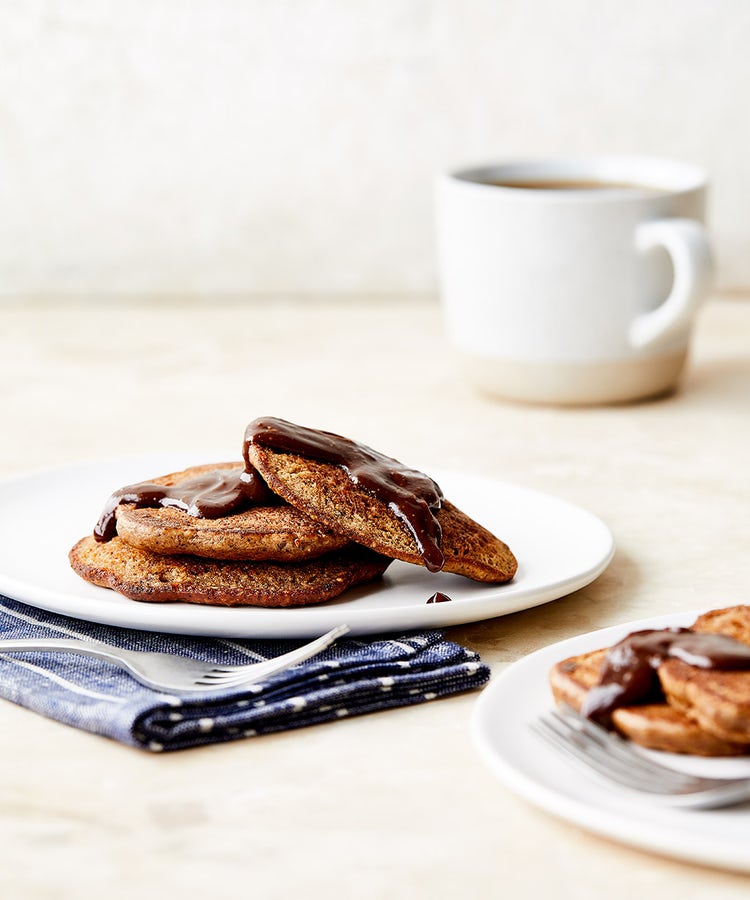
Makes 12 pancakes, 4 servings
INGREDIENTS
Pancakes:
- 2 large organic eggs, lightly beaten
- ⅔ cup almond meal
- 2 tablespoons Swerve Confectioners Style Sweetener
- 2 tablespoons non-dairy milk
- 1 tablespoon coconut flour
- 1 tablespoon cacao powder
- 1 tablespoon salted natural peanut butter
- 1 teaspoon vanilla extract
- 1 teaspoon aluminum-free baking powder
- Coconut oil cooking spray
Topping:
- 2 tablespoons natural, salted peanut butter
- 2 tablespoons coconut oil
- 2 tablespoons Swerve Confectioners Style Sweetener
- 1 tablespoon non-dairy milk
- 1 tablespoon cacao powder
- Pinch fine sea salt
DIRECTIONS
To make the pancakes: Whisk together the eggs, almond meal, Swerve, milk, coconut flour, cacao powder, peanut butter, vanilla extract, and baking powder in a bowl until smooth. Let the batter sit for 3 minutes.
Coat a skillet pan or griddle with cooking spray and heat over medium-low. Using a rounded tablespoon measure, pour the batter into the skillet. This may have to be done in batches. Cook until the edges become firm and golden (about 3 minutes) then flip and cook until the undersides are lightly browned and cooked through, 1 to 2 minutes.
To make the topping: Put the peanut butter, coconut oil, and milk in a small bowl and microwave for 20 seconds. Stir in the Swerve, cacao powder, and salt until smooth. Divide the 12 pancakes among four plates and drizzle with the warm topping.
Calories: 304| Protein: 11.5g | Fat: 26g | Carbs: 8.5g | Fiber: 4g | Net Carbs: 4.5g
Video and photo credit: Chalene Johnson